Alibaba.com showcases a diverse array of steel drum barrels designed to meet various storage and transportation needs. Among the offerings, customers can find CRC Cold Roll Steel Sheet/Coil/Strip, which is ideal for manufacturing oil drums due to its durability and resistance to corrosion. There are also SPCC Steel Sheets, known for their application in building materials, highlighting their versatility.
For those requiring containers for shipping or storage of liquids, the platform features metal barrels ranging in capacity from 15L to 120L, including blue steel barrels that are particularly suited for oil storage. Tight Head Metal Buckets with screw or bung lids offer a secure option for lube packing, ensuring contents are safely contained during transport.
Customized raw steel drums are available for specialized chemical storage, indicating a focus on providing solutions tailored to specific industry requirements. Additionally, the site lists various sizes of steel drums, including large-capacity options like the 210L or 220L metal drums, and the 1000 Liter IBC drums, equipped with double valves and PE film liner bags for the safe transport of cooking oil and wine.
For musical enthusiasts or those in the entertainment industry, Alibaba.com also offers an assortment of steel tongue drums, including models suitable for beginners and professional musicians. These range from smaller 6-inch handpan instruments to larger 22-inch handpan drums, available in various notes and tunings.
In the realm of industrial packaging, the platform provides galvanized steel iron chemical barrels and resin pails with anti-rust features, ensuring long-term durability. The selection is rounded off with specialized items like electroplated stainless steel war drums and open head sealed stainless steel drums, catering to both the industrial sector and niche markets.
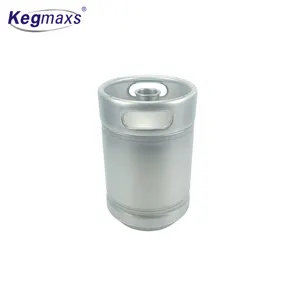



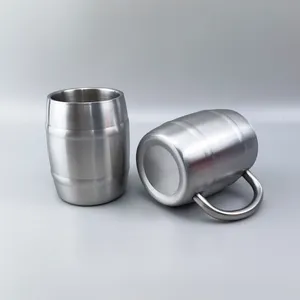










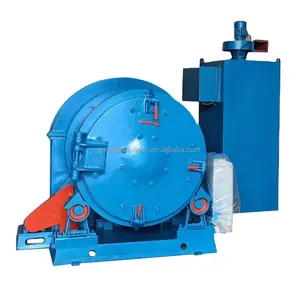

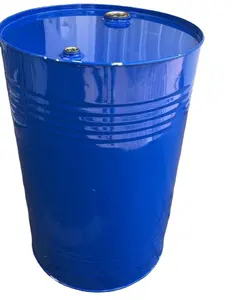














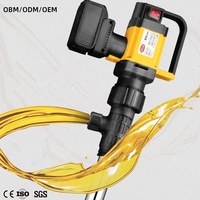










 浙公网安备 33010002000092号
浙公网安备 33010002000092号 浙B2-20120091-4
浙B2-20120091-4